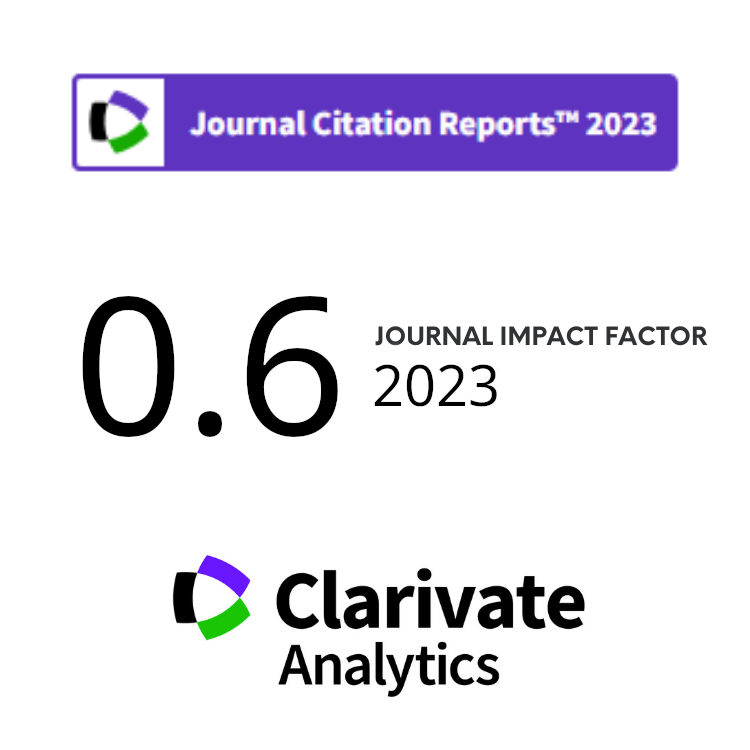Ʌ-Hypernuclear States as Dihadronic Molecules
Abstract
The study of exotic hypernuclei attracts a great deal of interest in nuclear physics. The reality of heavy hyperon hypernuclei is the subject of intense concern among theoreticians and experimenters in recent years. The core-hyperon model uses to explain abnormal nuclei spectra, recent observations of new exotic heavy hyperon hypernuclei cannot be explained or predicted by ordinary heavy core nuclei. These exotic hypernuclei states are a two-cluster bound states. We calculate the mass spectrum and constituent mass of particles in hypernuclei using the relativistic Schrödinger equation with molecular pseudoharmonic-type potential between particles inside the core and hyperon. Such calculations represent the interaction between the hyperon and the nuclei core. I review recent theoretical studies on the ground states and the excited states of hypernuclei bound states. Finally, we present explicit predictions of the exotic bound states based on the interactions obtained from quantum field theory and the projective unitary representation model. Studies have shown that by increasing the mass number of hyperon-core states, the value of the constituent mass and energy eigenvalue of Ʌ-hypernucleus increases. Also, by growing and increasing the proton number in the (Ʌ-N) states the value of the constituent mass of Ʌ-hyperon increases.
Keywords
Full Text:
PDFReferences
N. Buyukcizmeci, A. S. Botvina, R. Ogul et al., Eur. Phys. J. A 56 (2020) 210.
C. Dover and A. Gal Ann. Phys. 146 (1983) 309.
A. Jahanshir, Arab J. Nucl. Sci. Appl. 55 (2022) 127.
A. Jahanshir and M. R. Soltani, Karbala Int. J. Mod. Sci., 7 (2021) 437.
A. Gal, EPJ Web Conf. 259 (2022) 08002.
Y. H. Leung, EPJ Web Conf. 259 (2022) 08001.
T. R. Saito, W. Dou, V. Drozd et al., Nat. Rev. Phys. 3 (2021) 803.
A. Gal, E. V. Hungerford and D. J. Millener, Rev. Mod. Phys. 88 (2016) 035004.
Anonymous, The first determination of the Xi hypernuclear mass - New insights toward understanding of the origin of nuclei and structure of neutron stars. https://j-parc.jp/c/en/press-release/2021/03/02000662.html. Retrieved in May (2021).
T. Gogami, S. Kanatsuki, T. Nagae et al., J. Phys. Conf. Ser. 1643 (2020) 12133.
T. Nagae, Few-Body Syst. 62 (2021) 1.
M. Dineykhan, G. V. Efimov, G. Ganbold et al., Oscillator Representation in Quantum Physics, 2nd ed., Springer-Verlag, Berlin (1995) 210.
N. N. Kolesnikov and S. A. Kalachev, Phys. Part. Nucl. Lett. 3 (2006) 341.
J. Pniewski, Acta Phys. Pol. B 129 (1971) 129.
S. Pal, R. Ghosh, B. Chakrabarti et al., Phys. Scr. 95 (2020) 045301.
S. Pal, R. Ghosh, B. Chakrabarti et al., Eur. Phys. J. Plus. 132 (2017) 262.
P. A. Zyla, The Review of Particle Physics Archived 2020 Edition. https://pdg.lbl.gov/rpp-archive/index.html 083C0. Retrieved in May (2021).
A. Armat and S. M. M. Nejade, Int. J. Mod. Phys. E 28 (2019) 1950011.
DOI: https://doi.org/10.55981/aij.2023.1152
Copyright (c) 2023

This work is licensed under a Creative Commons Attribution-NonCommercial-ShareAlike 4.0 International License.











